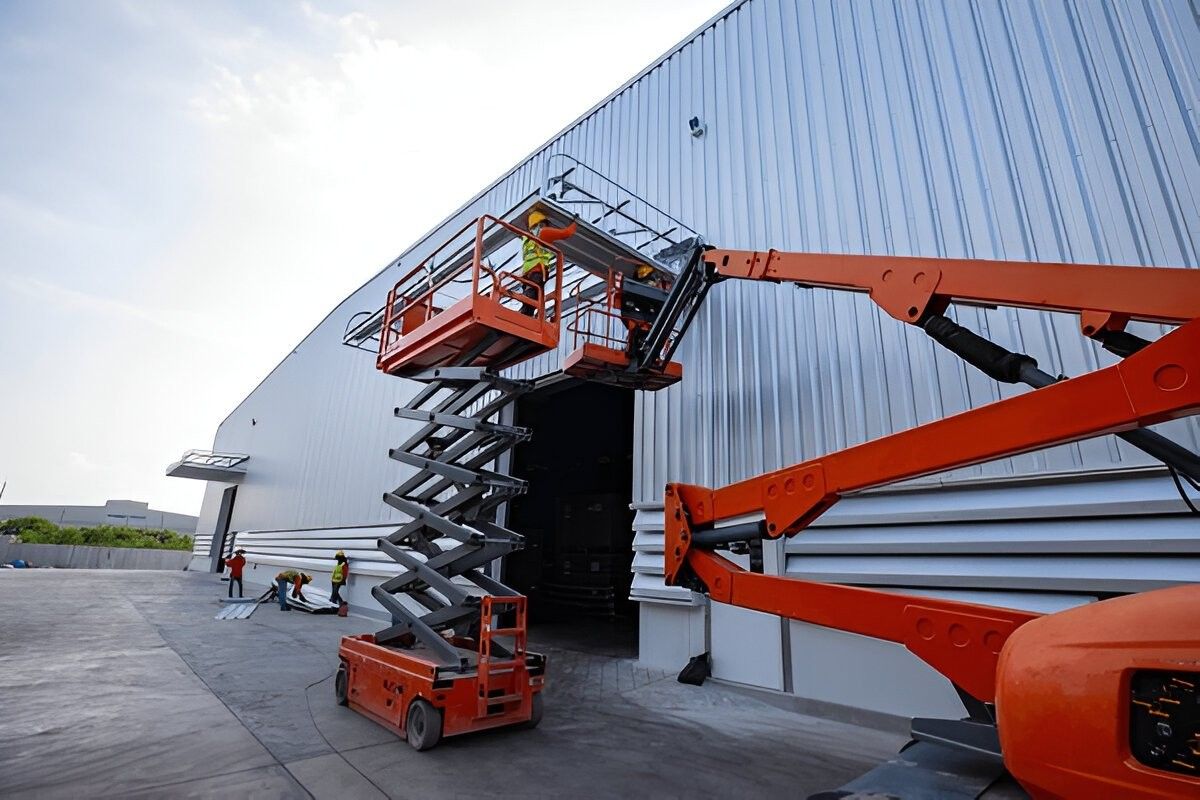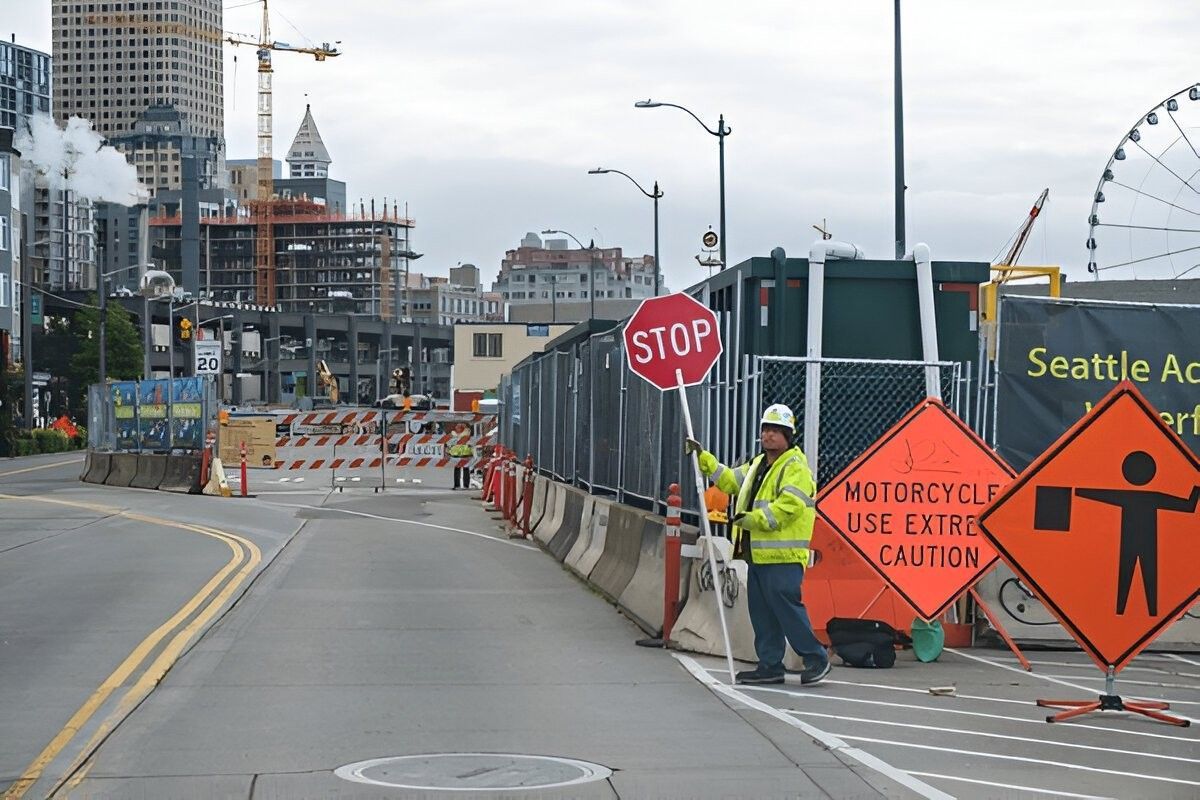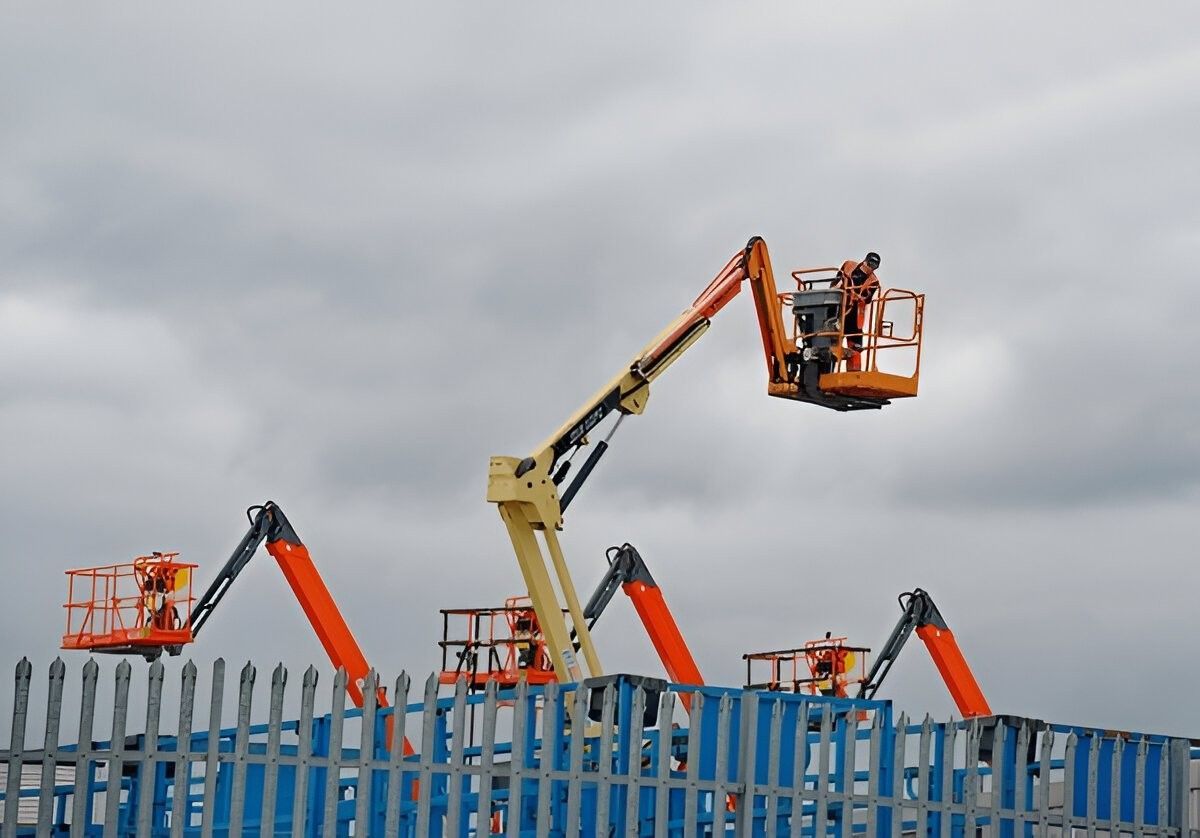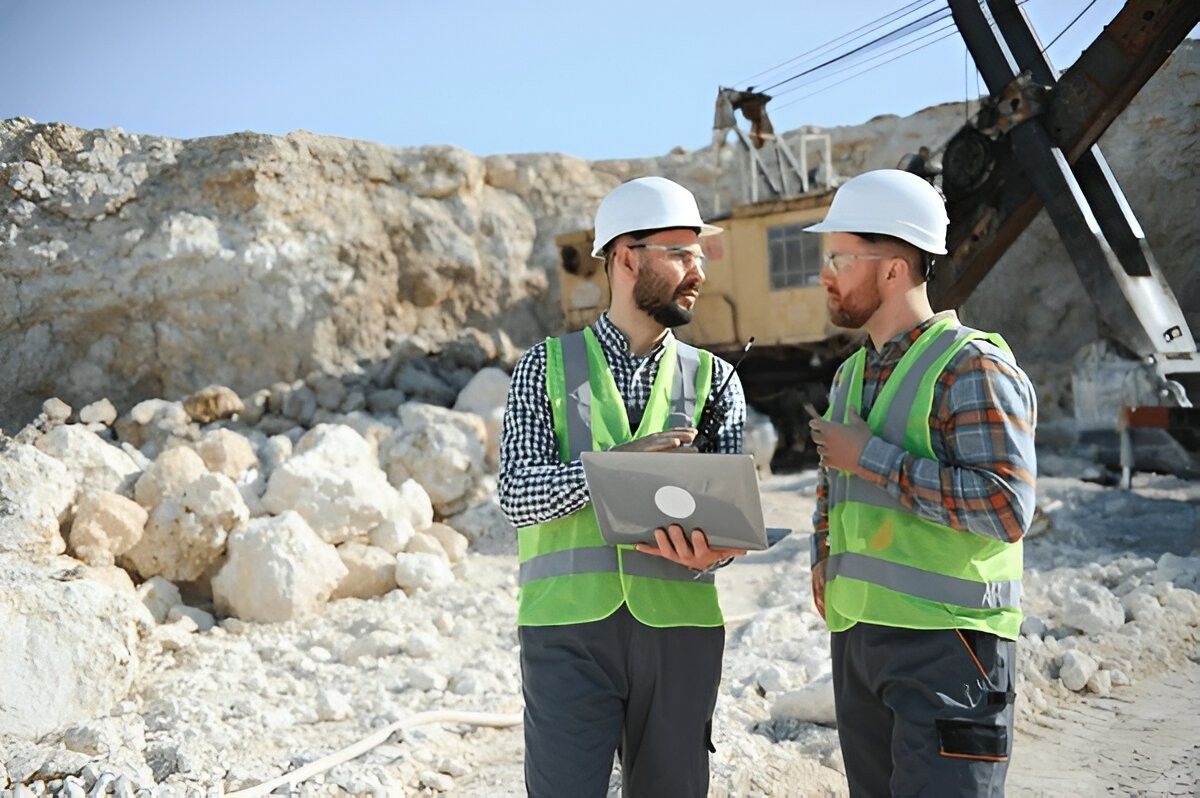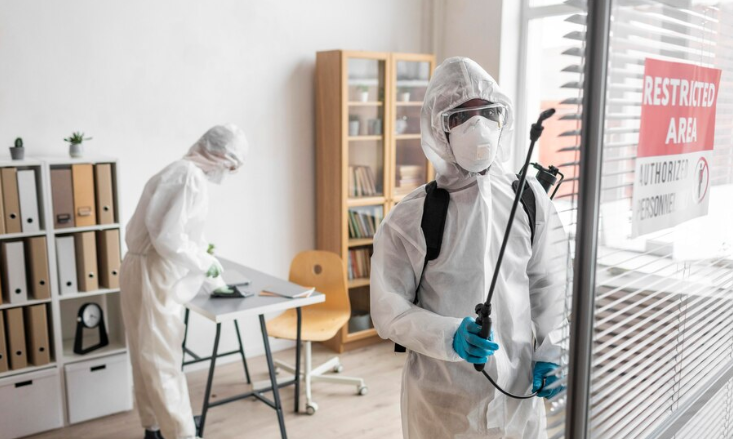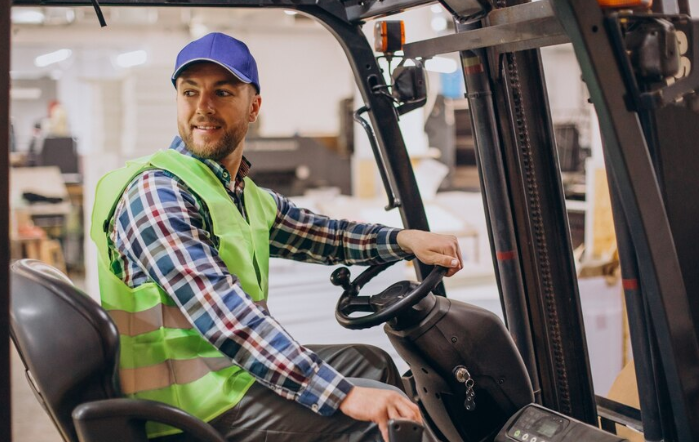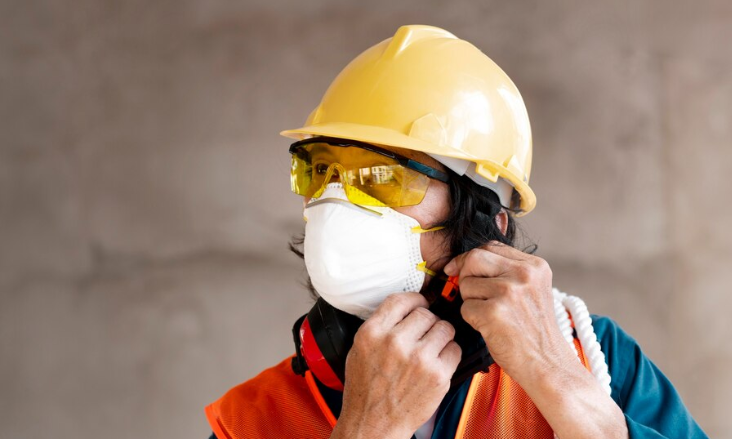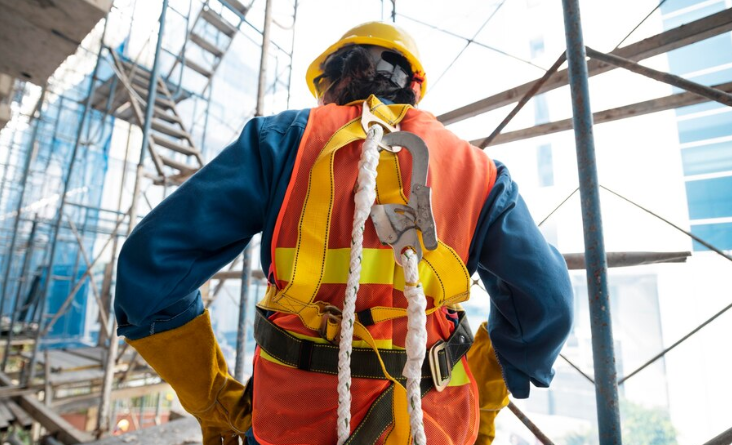Why is Fall Protection Training Important
Fall Protection Training is one of the top 10 OSHA citations

Here's a comprehensive overview of why this type of training is so important:
1. Safety and Injury Prevention
- Reducing Accidents: Proper training equips workers with the knowledge and skills to avoid falls, which are one of the leading causes of work-related injuries and fatalities.
- Minimizing Injury Severity: In the event of a fall, trained workers are more likely to use fall protection equipment correctly, reducing the severity of injuries.
2. Compliance with Regulations
- Legal Requirements: Occupational Safety and Health Administration (OSHA) and other regulatory bodies mandate fall protection training for employees working at certain heights. Non-compliance can result in significant fines and legal repercussions.
- Industry Standards: Adhering to industry-specific safety standards helps companies maintain a safe working environment and avoid legal issues.
3. Promoting a Safety Culture
- Awareness and Responsibility: Training fosters a culture of safety, encouraging employees to be proactive about their safety and the safety of their colleagues.
- Preventing Complacency: Regular training keeps safety protocols fresh in employees' minds, preventing complacency and reinforcing the importance of safety measures.
4. Financial Benefits
- Reducing Costs: Preventing falls reduces the costs associated with workplace injuries, such as medical expenses, workers' compensation claims, and lost productivity.
- Protecting Company Reputation: A strong safety record enhances a company's reputation, which can be beneficial for business operations and employee morale.
5. Understanding Equipment and Procedures
- Proper Use of Equipment: Training ensures that workers know how to use fall protection equipment correctly, including harnesses, guardrails, and safety nets.
- Emergency Procedures: Employees learn how to respond in the event of a fall, including rescue techniques and emergency procedures, which can save lives and reduce injury severity.
6. Enhancing Productivity
- Confidence in Safety: Workers who feel safe are more confident and can perform their tasks more efficiently, leading to increased productivity.
- Focus on Work: When safety concerns are minimized, employees can focus better on their tasks, improving overall job performance.
7. Adaptability to Work Environments
- Versatility: Training provides employees with the skills to handle various work environments and scenarios where fall risks might differ, ensuring they are prepared for any situation.
Conclusion
Fall protection training is an essential component of workplace safety. It not only protects employees from potential harm but also helps companies comply with regulations, save costs, promote a safety culture, and enhance productivity. Investing in comprehensive fall protection training is a proactive step toward ensuring a safe and efficient working environment.
